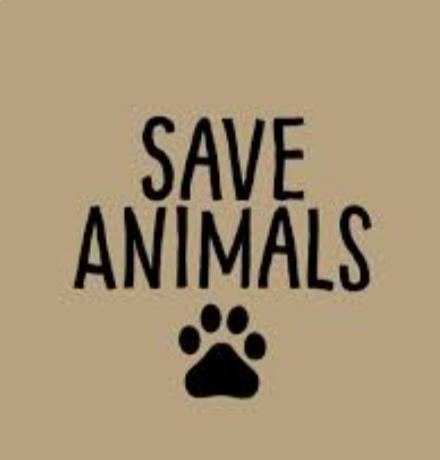Save Animals: A Call for Conservation
In our rapidly changing world, the need to protect and conserve animals has never been more urgent. Many species are on the brink of extinction due to human activities such as habitat destruction, pollution, and illegal hunting. Saving animals is not just about protecting individual species; it is about preserving the balance of ecosystems that support life on Earth, including human life. The Importance of Biodiversity Biodiversity, or the variety of life on Earth, plays a crucial role in maintaining healthy ecosystems. Each species, no matter how small or seemingly insignificant, has a specific role in its ecosystem. For example, predators control prey populations, pollinators like bees and butterflies ensure plant reproduction, and scavengers help in the decomposition process. When a species becomes extinct, it can create a domino effect that disrupts the entire ecosystem, leading to negative consequences for other species, including humans.
Threats to Animal
Populations Several factors threaten animal populations around the world:
1. Habitat Loss: Deforestation, urbanization, and agriculture have destroyed vast areas of animal habitats. Without their natural homes, animals struggle to survive, find food, and reproduce.
2. Poaching and Illegal Wildlife Trade: Many animals are hunted for their fur, tusks, or bones, often driven by demand in black markets. This illegal trade decimates populations of animals like elephants, rhinos, and tigers.
3. Climate Change: Rising temperatures, changing weather patterns, and melting ice caps affect many species, especially those that rely on specific climates for survival. Polar bears, for instance, are losing their habitat as Arctic ice melts.
4. Pollution: Oceans and rivers are becoming polluted with plastic and toxic chemicals, which harms aquatic life. Many animals ingest plastic waste, mistaking it for food, which can lead to injury or death.
Why We Must Act
Saving animals is not just about compassion but about protecting the Earth’s natural systems. Many animals contribute to vital ecosystem services, such as clean air and water, soil health, and food production. For instance, bees and other pollinators are essential for the growth of many fruits and vegetables. If these species were to disappear, it would lead to a crisis in global food production. Moreover, animals play a key role in scientific research, medicine, and education. Many life-saving drugs are derived from compounds found in animals, and studying wildlife helps scientists understand genetics, evolution, and disease.
What Can Be Done
There are several ways we can work to save animals:
1. Conservation Efforts: Supporting organizations that work to protect wildlife and their habitats is crucial. National parks, wildlife reserves, and sanctuaries provide safe spaces for animals to thrive.
2. Legislation: Governments need to enforce stronger laws to prevent poaching, illegal trade, and habitat destruction. International agreements, like the Convention on International Trade in Endangered Species (CITES), help protect animals from exploitation.
3. Education and Awareness: Raising public awareness about the plight of endangered species is essential. By educating people, especially young generations, we can foster a sense of responsibility toward animals and the environment.
4. Sustainable Living: Individuals can help by making environmentally conscious choices. Reducing plastic use, supporting sustainable products, and being mindful of our consumption patterns can lessen our negative impact on wildlife.
The fight to save animals is a fight to protect our planet and our future. It requires collective action from governments, organizations, and individuals. By taking steps to conserve wildlife, we ensure that future generations inherit a world rich in biodiversity, where animals and humans can coexist harmoniously. The time to act is now before more species are lost forever.

